World Aids Day: Why the Middle East lags behind in fighting HIV
- Published
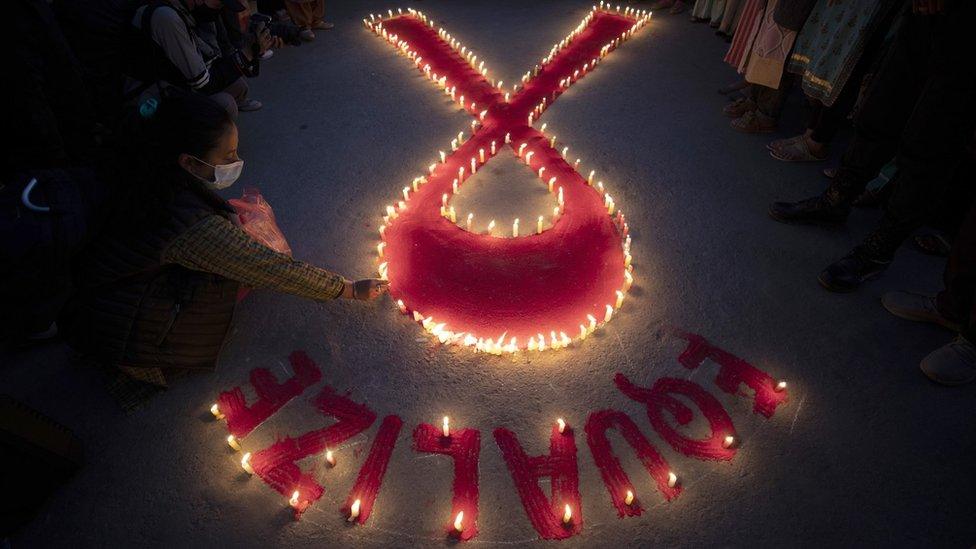
On the eve of World Aids day, women and children in Nepal prayed for the millions of people who have lost their lives
The number of new HIV cases worldwide has decreased significantly over the last decade - but in the Middle East and North Africa (Mena), however, it is a different story.
The world has come a long way since the peak of the HIV/Aids epidemic - which has so far claimed more than 40 million lives - in 1996.
Between 2010 and 2021, the global number of new HIV infections has decreased by 32%, external.
Although the Mena region has the lowest HIV burden in the world, the number of new infections increased by 33% in that same period.
That made it one of only three regions in the world - along with Eastern Europe, Central Asia and Latin America - where HIV is still on the rise.
Insufficient awareness
While the increase could be seen as the result of wider HIV testing in the Mena region, experts suggest that the issue is more complicated.
"The positive cases we are discovering via increased testing are not old cases. They are newly infected people, which shows that we are failing in stopping the spread of HIV in the region," says Dr Nesrine Rizk, an HIV specialist at the American University of Beirut.
"There is definitely a growing awareness of HIV in the Mena region, but it is still not enough."
According to Dr Rizk, in the region there is a lack of "accurate scientific information" when it comes to HIV.
BBC Arabic teams asked people on the streets of Beirut and Cairo what they knew about HIV and what they believed to be behind the rise in cases.
More than half of those surveyed said they "do not know much about HIV and Aids". Some added that they did not want to know more about them, as they and their loved ones were "far away from the infection".
In the region - and across the rest of the world - people who use drugs, men who have sex with men, transgender people and sex workers are considered the most at-risk populations.
"The virus doesn't understand barriers and social groups, it spreads and transmits as we all live and interact in the same space," Dr Rizk says.
Lasting stigma
While the Middle East and North Africa is one of only three regions where the number of new HIV cases is increasing, it also has the lowest rate of HIV treatment coverage in the world.
According to the latest report by the Joint United Nations Programme on HIV/Aids (UNAids), external, only 50% of people with HIV in the Mena region were accessing treatment. These numbers were even lower for women (44%) and children (40%).
While treatment is widely available, stigma around HIV hinders people from testing and seeking their treatment. As a result, only 67% of people living with HIV know that they have it, according to the UNAids report.
The agency warns that inefficient testing and suboptimal treatment lead to under-diagnosis, persisting transmission, late treatment and rising mortality.
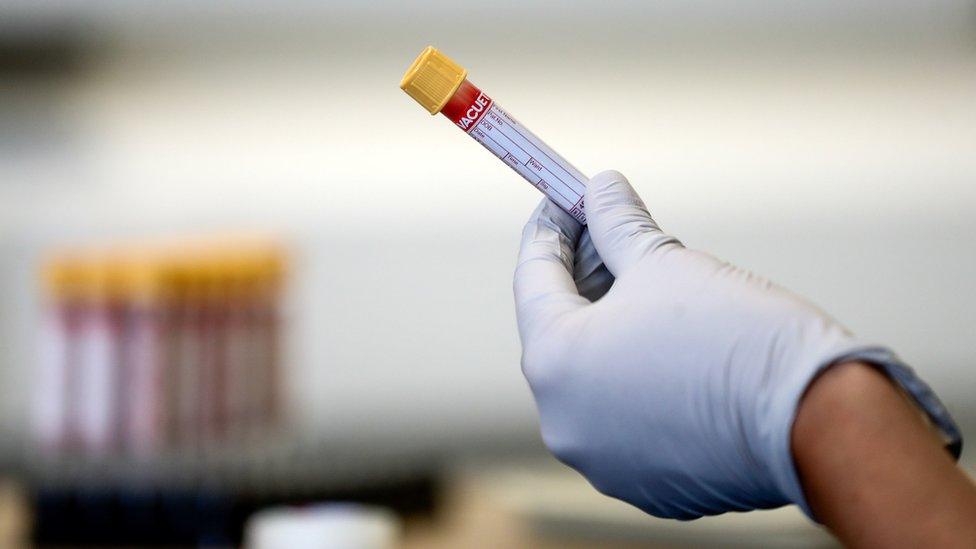
At the end of 2021, only 41% of people living with HIV were diagnosed
Ahmed (not his real name) told the BBC that he had suspected he had HIV for about five years before he finally got the courage to take a test last year, which was positive for the infection.
"I'm still in good health now and should be as long as I am taking my medication," he says. "But earlier diagnosis could have made a difference in both my mental and physical health."
In countries where same-sex sexual relations are criminalised, many people like Ahmed think of potential prosecution and stigma that could threaten their lives before they consider getting tested.
"Some people see HIV as a death sentence," says Shereen El Feki, the regional director for Middle East and North Africa at UNAids. But, she adds, thanks to modern medicine and public health "HIV is now preventable, treatable, and liveable".
Ms El Feki says the biggest hurdle in the global fight against HIV currently, however, is inequality.
"Intersecting inequalities are inhibiting and preventing people from accessing the best of testing treatment and also prevention."
'Turn the kaleidoscope'
While a clear cause of these inequalities is poverty and access to education and medical services, strict laws and a clampdown on personal freedoms is another.
In sub-Saharan African countries where same-sex sexual relations are criminalised - as they are in many countries in the Mena region - gay men are five times more likely to contract HIV than other countries in the same region which do not criminalise same-sex relations.
"You wouldn't want to come forward and have your condition disclosed," says Ms El Feki. Similarly, she adds, "gender inequality is a real vulnerability for women and girls dealing HIV".
UNAids is working together with the World Health Organization on a campaign to help 5,000 people in the Mena region to confidentially test for the virus and get access to treatment in December 2022.
"HIV in Mena is like a kaleidoscope, you can look in it - as many governments did - and see that there is relatively less cases than other parts of the world," Ms El Feki says.
"But we encourage governments to turn that kaleidoscope and see that, because we have relatively less cases of HIV, we could be amongst the first regions in the world to end it."
Related topics
- Published1 December 2021
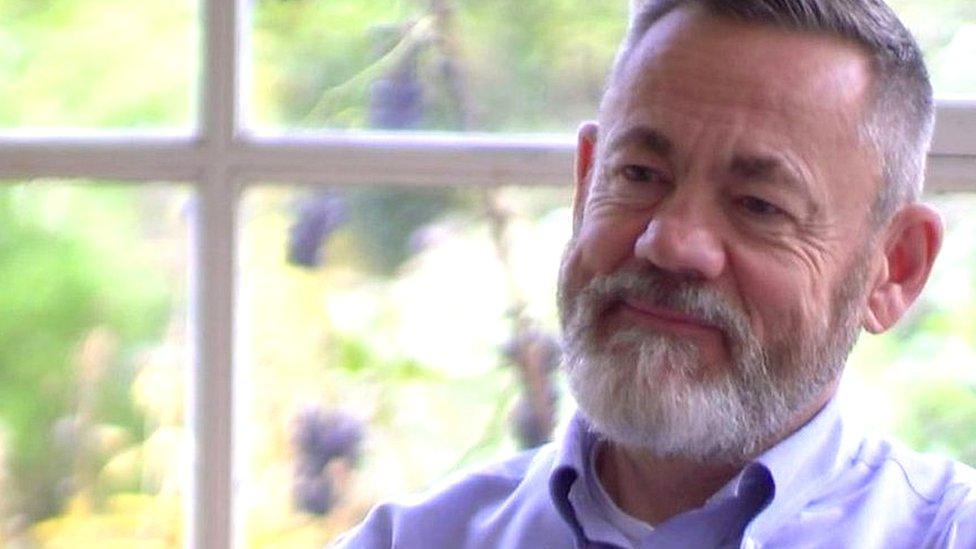
- Published6 November 2019
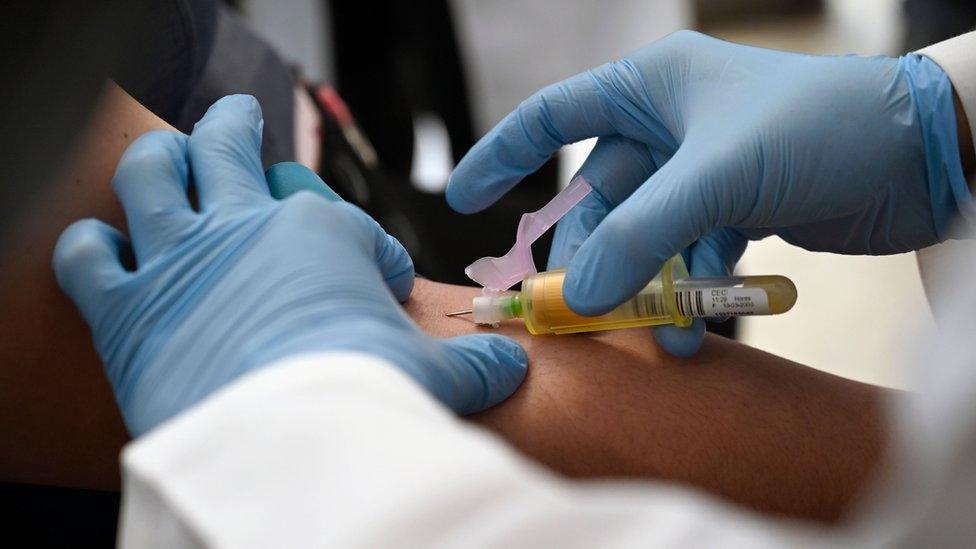
- Published19 July 2019
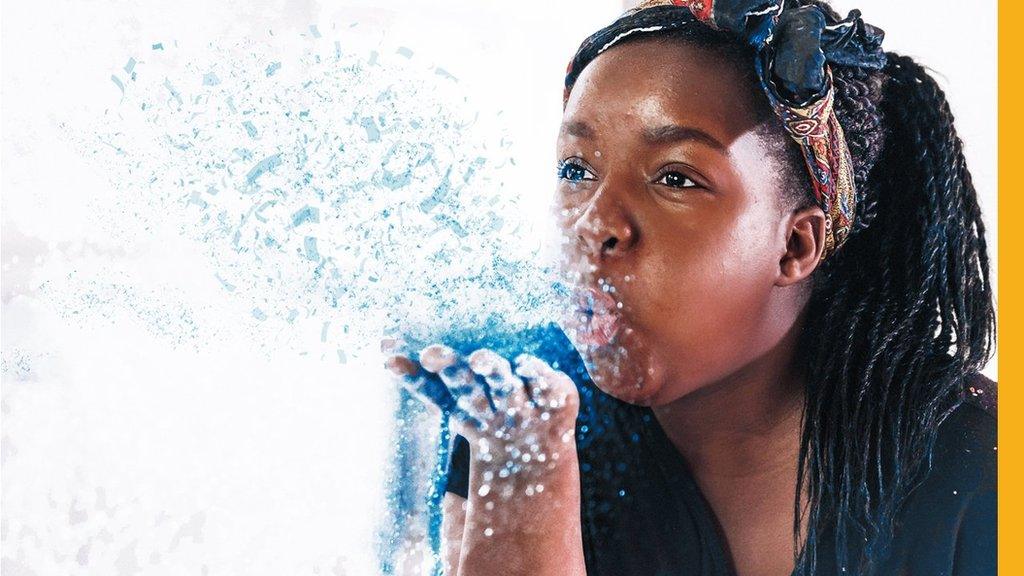
- Published3 January 2012